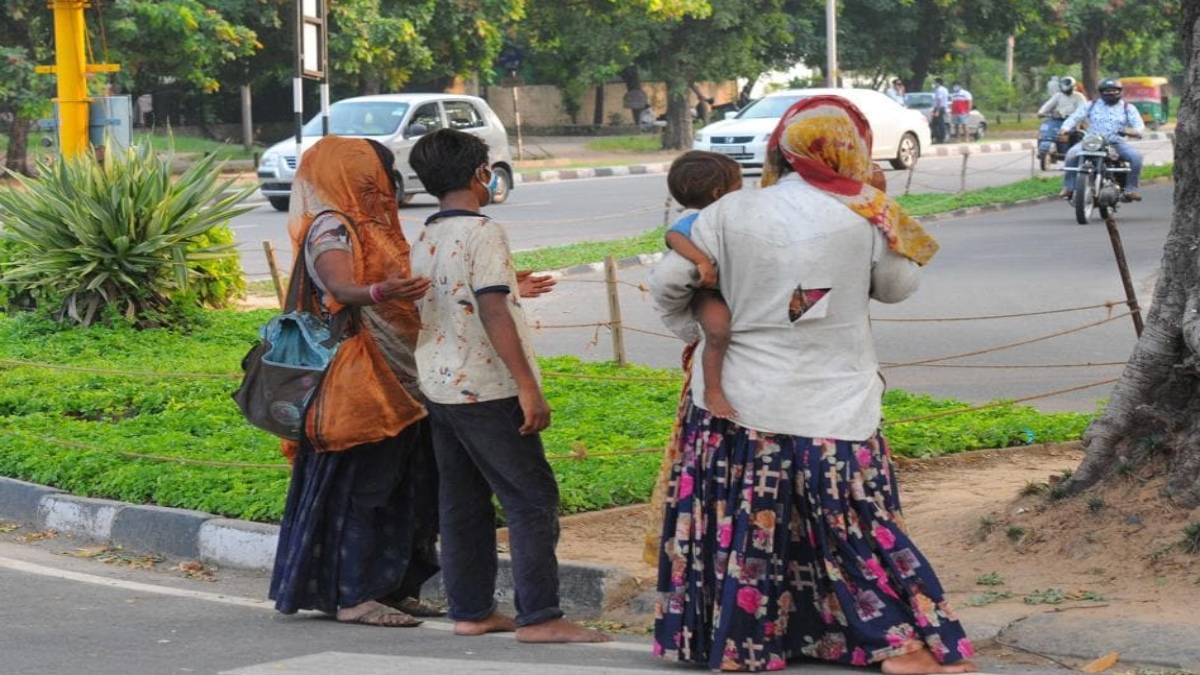The fiscal situation of all countries has gone awry amidst the pandemic and India is no exception. Covid-related health expenses besides other expenditure on free food among others led to overall increase in government expenditure. In FY21, actual expenditure was 15% higher than the budgeted, particularly on account of food subsidy, health expenditure and rural development. Coupled with lower revenues (25% lower than the budgeted amount) owing to restrictions and lockdown hitting economic activity, it resulted in higher deficit. Fiscal deficit surged to 9.3% of GDP from the budgeted 3.4% of GDP. This in turn led to higher market borrowing by the government. Net market borrowing of the centre increased to 5.8% of GDP as against 2.0%-2.5% of GDP earlier.
Even the states’ finances went haywire with their revenue receipts falling short of their budgeted estimates by over 21%. However, they curtailed their expenditure, particularly revenue expenditure by 12%, by undertaking various expenditure rationalisation measures, including dearness allowance freeze, deferment of part or full salaries and wages, among others. Moreover, amid the pandemic centre permitted the states to borrow more to prevent drastic reduction in their expenditure. Consequently, states’ fiscal deficit increased to 4.2% of GDP in FY22 from the budgeted 3.2% of GDP. Coming to this fiscal, government has projected fiscal deficit of 6.4% of GDP. Combining with state fiscal deficit of 3.5% of GDP, total fiscal deficit comes at 10% of GDP for FY23. So far this fiscal (Apr-Jul’22) the fiscal deficit of the centre has reached 20.5% of the budgeted target. This is lower than 21.3% of budgeted achieved during the same period last year. Tax revenue remained robust with record high GST revenues which have been possible because of increased compliance and higher economic activity. On the expenditure side, government incurred higher capital expenditure (27.8% of BE in FY23 compared to 23.2% of BE during same period in FY22), which bodes well for our growth potential. Higher deficit level has disrupted out debt trajectory. The FRBM committee recommendations of achieving the combined debt of centre and state at 60% of GDP (40%: centre and 20%: state) by FY23 has moved ahead. In FY22, the combined debt of Centre and states stood at 90% of GDP, thus it appears that the glide path has now been shifted away by several years.
Though the pandemic has made our fiscal situation scary, there are certain positive developments which favour the government’s fiscal scenario. One of the good things is that most of our debt is internal. At end-March 2022, external debt is around 6.5% of the public debt. Low borrowing in foreign currency means that the country is shielded by the external crisis. However, that should not make the government complacent. Another favourable development is the emphasis on capital expenditure by the government at both Centre and states level.
However, there are other key concerns which are denting states fiscal deficit and need to be tackled to ensure faster reduction of debt going forward. One is the rising committed expenditure (which includes salary, pension and interest) by states. Its share in revenue receipts now stands at 55%. Increase in expenditure on subsidies and freebies is also pressurising state finances. States are now resorting to populist measures like providing free electricity, water, public transportation, waiver of pending utility bills and farm loan waiver. Furthermore, revert to old pension scheme (Pay as you Go) by some states (Rajasthan, Chhattisgarh) is another serious problem which would hurt states in future. The end of GST compensation cess is another factor that is going to affect states fiscal situation adversely.
So, the question arises how can the government improve its finances? The first thing that the government can do is use analytics to enhance tax compliance and detect tax frauds. As per the official statistics available informal sector accounted for around 50% of the GDP in 2018. Though there have been some independent studies claiming that this share has reduced significantly to not more than 20% of GDP, India still has a large informal sector. So the next reform could be to bring the informal sector economy under the formal set up. This will broaden their tax base leading to enhanced revenue collection. The administration can also think of increasing the tax rate for super rich people/ businesses, even though it is politically difficult move.
Also, with faster pace of digitalisation and automation there has been an increase in gig economy/free lancing jobs. Future might entail large number of people working in a country for a company not based in the resident’s country. Which country tax rules would be applicable in such cases? Tax revenues are likely to be impacted in future, thus there is a need to consider these while formulating tax policies in future. A good administration should keep in mind the distributional impact of any new tax policy/change in existing policy and accordingly devise compensation plan. Besides improving its revenue stream the government has to improve the quality of capital outlay, focus on education, health, building digital infrastructure and green technology which will strengthen our goal for sustainable development.
Tax incentives or subsidies can be given for green technology adoption and R&D activities. However, it should be ensured that wasteful and redundant tax incentives be curtailed. These ways will make our public administration future ready.
Lastly, it should also be remembered that creating conditions for robust, resilient and inclusive economic growth will support government finances in future.
Disha Kheterpal works as a senior economist in the Indian banking sector with core interests in public administration, external sector dynamics and global economics.


 Opinion3 years ago
Opinion3 years ago
 Entertainment8 years ago
Entertainment8 years ago
 Entertainment8 years ago
Entertainment8 years ago
 Fashion8 years ago
Fashion8 years ago
 Opinion4 years ago
Opinion4 years ago
 Entertainment8 years ago
Entertainment8 years ago
 Politics8 years ago
Politics8 years ago
 Entertainment8 years ago
Entertainment8 years ago









